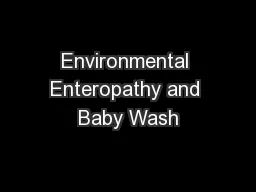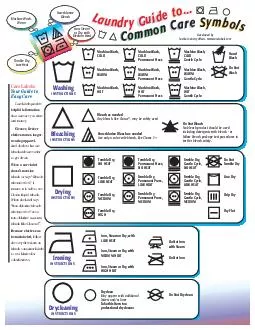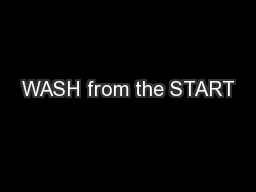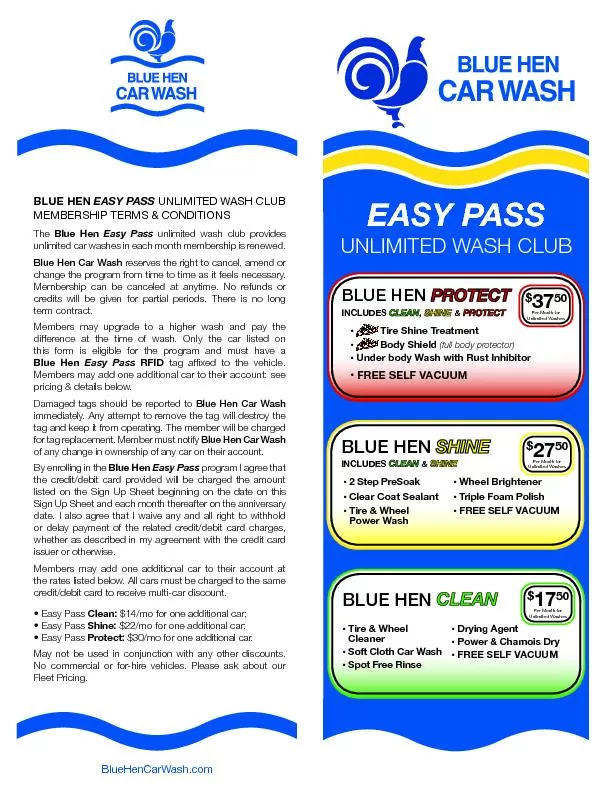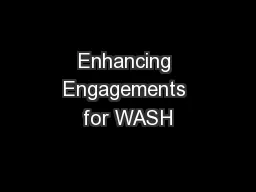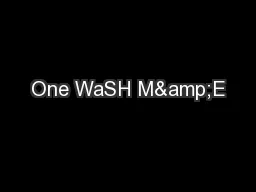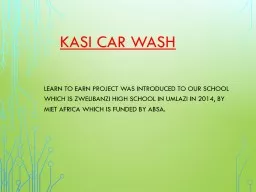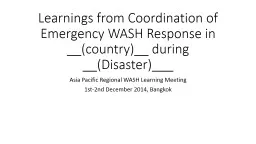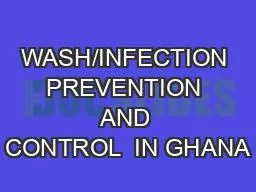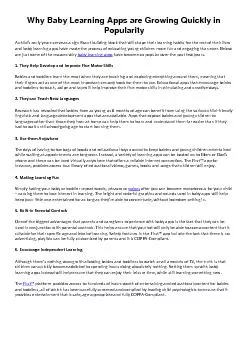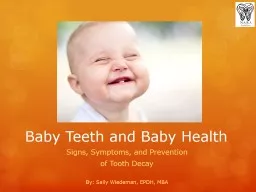PPT-Environmental Enteropathy and Baby Wash
Author : liane-varnes | Published Date : 2018-11-24
Testing community interventions to reduce infant fecal exposure in rural Zambia Dadirai Fundira Cornell University Kelly Alexander CARE USA Background The Problem
Presentation Embed Code
Download Presentation
Download Presentation The PPT/PDF document "Environmental Enteropathy and Baby Wash" is the property of its rightful owner. Permission is granted to download and print the materials on this website for personal, non-commercial use only, and to display it on your personal computer provided you do not modify the materials and that you retain all copyright notices contained in the materials. By downloading content from our website, you accept the terms of this agreement.
Environmental Enteropathy and Baby Wash: Transcript
Download Rules Of Document
"Environmental Enteropathy and Baby Wash"The content belongs to its owner. You may download and print it for personal use, without modification, and keep all copyright notices. By downloading, you agree to these terms.
Related Documents

